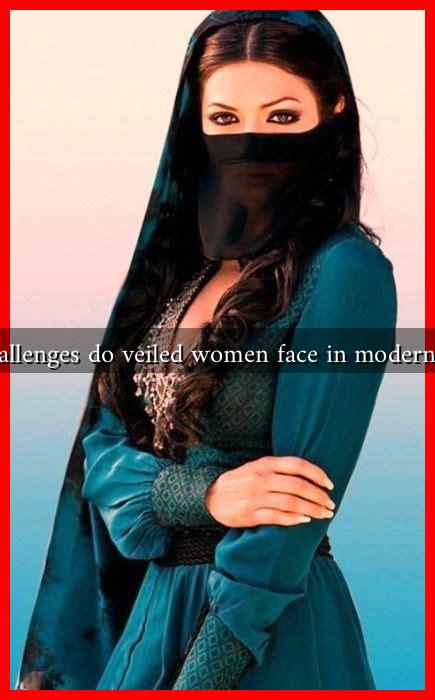-
Table of Contents
What Challenges Do Veiled Women Face in Modern Society?
In contemporary society, the visibility of veiled women has sparked a myriad of discussions surrounding identity, culture, and rights. While the hijab, niqab, and burqa are often symbols of faith and personal choice for many women, they can also serve as markers of discrimination and misunderstanding. This article explores the multifaceted challenges faced by veiled women in modern society, drawing on case studies, statistics, and real-life examples.
Social Stigmatization and Stereotyping
One of the most significant challenges faced by veiled women is social stigmatization. The media often portrays veiled women through a narrow lens, associating them with oppression or extremism. This misrepresentation can lead to negative stereotypes, which in turn affect how veiled women are perceived in everyday life.
- Workplace Discrimination: Many veiled women report facing discrimination in hiring processes. A study by the Institute for Social Policy and Understanding found that Muslim women who wear hijabs are 67% less likely to be called for an interview compared to their non-veiled counterparts.
- Social Isolation: Veiled women may experience social isolation due to prejudices held by peers. This can lead to feelings of loneliness and exclusion from community activities.
Legal and Political Challenges
In several countries, legal frameworks can pose significant challenges for veiled women. Laws that restrict the wearing of religious garments in public spaces can lead to legal repercussions and further marginalization.
- Burqa Bans: Countries like France and Belgium have implemented bans on full-face veils, which disproportionately affect Muslim women. These laws are often justified under the guise of secularism but can infringe on personal freedoms.
- Policy Exclusion: In some regions, veiled women are excluded from political participation or representation, limiting their ability to advocate for their rights and interests.
Educational Barriers
Education is a fundamental right, yet veiled women often face barriers that hinder their academic pursuits. Discrimination in educational institutions can manifest in various forms:
- Bullying and Harassment: Veiled students may experience bullying from peers or even educators, which can lead to a hostile learning environment.
- Dress Code Policies: Some schools enforce dress codes that conflict with religious attire, forcing veiled women to choose between their education and their beliefs.
Health and Well-being Issues
The challenges faced by veiled women extend to health and well-being. Cultural stigmas can affect access to healthcare services, leading to disparities in health outcomes.
- Access to Healthcare: Veiled women may avoid seeking medical help due to fears of discrimination or misunderstanding from healthcare providers.
- Mental Health Struggles: The cumulative effects of discrimination, isolation, and stigmatization can lead to mental health issues, including anxiety and depression.
Case Studies and Real-Life Examples
Several case studies illustrate the challenges faced by veiled women. For instance, a report by the Pew Research Center found that Muslim women in Western countries often feel they must navigate a complex landscape of cultural expectations and prejudices. In the United States, a Muslim woman named Ibtihaj Muhammad made headlines as the first American athlete to compete in the Olympics wearing a hijab, challenging stereotypes and inspiring many.
In contrast, the experiences of veiled women in countries like Saudi Arabia highlight different challenges, such as restrictions on driving and mobility, which are often tied to cultural norms rather than religious mandates.
Conclusion
The challenges faced by veiled women in modern society are complex and multifaceted, encompassing social, legal, educational, and health-related issues. While many veiled women embrace their attire as a symbol of faith and identity, they often encounter discrimination and misunderstanding that can hinder their opportunities and well-being. Addressing these challenges requires a concerted effort from society to foster understanding, promote inclusivity, and protect the rights of all individuals, regardless of their attire. By recognizing and addressing these issues, we can work towards a more equitable society where veiled women can thrive without fear of prejudice or discrimination.
For further reading on the experiences of veiled women, you can explore resources from organizations like the Institute for Social Policy and Understanding.

